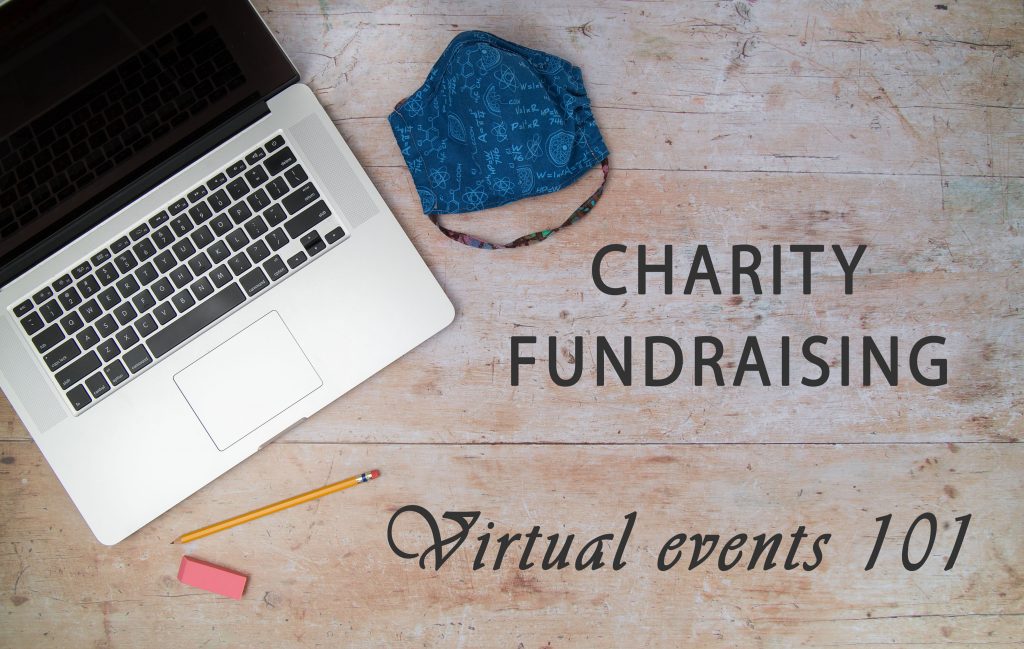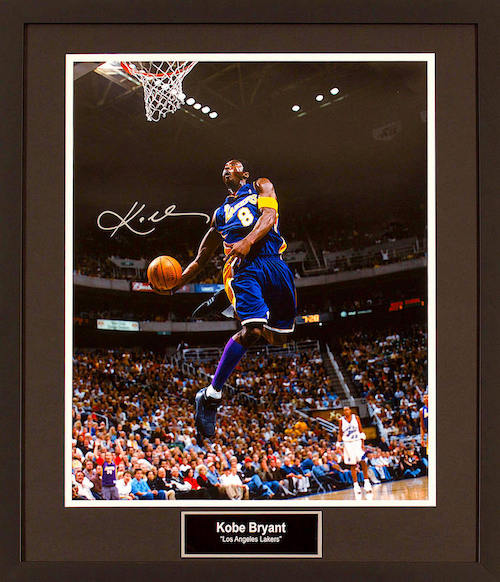Virtual formats are new for everyone. We all are not used to doing the majority of our interactions over a screen. This new normal has new challenges to address!
Today, we are going to talk about procuring donations at a virtual charity fundraising event.
One of our clients recently told us…
“Over 2,400 people came to my virtual gala! But fewer gave than we were hoping. What do I do?”
This is a common question from nonprofits with virtual events.
The fact is that the ratio between the numbers of guests and donations are different than it would be at a physical event.
That is the first hurtle to jump! – We have to reset expectations and realize this..
Virtual events are not physical events.
The two kinds of events don’t go by the same rules.
Therefore, we shouldn’t expect the same return from each attendee in the same way you would at a single, physical event.
But don’t fear! There are many goods that come from virtual events, they just come in a different way!
Let’s dive in and look at these goods that come from virtual event settings…
Here are four ways to procure donations at a virtual events…
(spoiler alert, not every way is an immediate return)
1) Remember, your platform is larger
A virtual event is a global platform.
Just because fewer bid, it does not mean that the marketing campaign or the presence of those guests is meaningless.
These guests are getting better exposure of who your organization is, what you do, and how you do it! Virtual events can now procure more revenue and more relationships (long-term donors).
It is important to remember that retention of new faces is more important than a one-time donation.
You may have more people around the globe hearing your mission, getting their friends involved
Connecting before and after the event, which will establish a stronger relationship with a guest.
This is exciting! And it is a big victory and positive for the virtual event format. This, in the long run, will procure more donations, but not immediately.
2) Ask yourself; are your items pricey or priceless?
Making sure that you present priceless items for your live or silent auction at a virtual event will change the way people bid.
What’s the difference between pricey and priceless items? Pricey items are quality items – they’re good! But they have a ceiling. For example, nobody wants to spend more on a car than its retail price! But a priceless item are things that are wanted so much by the crowd, that are so rare, that are so of interest, that the price is no barrier.
At a physical event, when ten paddles immediately go up for a signed Kobe Bryant signed photograph, the perceived value for that auction item also went up. Everybody wants it. And bids will likely go higher, without much consideration or care for the standard retail value.
This is crucial at a virtual event because people will be less inclined to vote virtually on something they are not too interested in.
At a physical event, there is more (good) peer pressure to bid than there is during a semi-anonymous bid cycle over a screen.
There is no excitement building in the room when you are sitting on your computer or phone attending a virtual event.
There are no people looking at you, participating with you, and asking whether you are going to participate and bid.
This mean that the items have to be wanted. Are your auction items desired by your audience?
“Priceless” items have a high-perceived value – so high that you cannot put a price tag on it.
Rare auction items that account for personal sentiment and audience demand fall into this category.
These kinds of items are usually experience-based auction items or autographed memorabilia. Both kinds of auction items are one-of-a-kind opportunities for something new, different, and very rare.
Knowing your audience can significantly affect the perceived value of an auction item. What kind of experience-based package will make your audience excited? Will a signed Beatles record album or a full cast of Star Wars signed movie poster or of Frozen II excite your audience?
3) It is the little things… Ask for donations!
Do not be afraid to ask for donations at an auction event.
Ask for donations before the event and in the event itself. This is important because statistics shows that 30% of our audience drops offs and leaves virtual events after the 45-minute mark!
It hurts your event and fundraising team significantly if 3,000 of your attendees did not bid.
However, if 3,000 of your attendees did not want to bid for a priceless signed helmet from New England Patriots team, but they wanted to give $25 to your cause, but you did not ask them, then you’ve missed a golden opportunity. At the very least, you didn’t make lemonade out of lemons.
If 2,000 people came to your event, and two fifths of the attendees gave $25 that night, you would raise an extra $20,000 on top of the auctioned off items.
These kind of donation asks can look like a “Fund-A-Need” campaign, specifically targeting one cause or one project your nonprofit needs. Or, you can do a general donation ask throughout the event.
4) Ask for pledges
Asking for donations is a good idea, but why not try asking for your guests to pledge as well?
Virtual events can become more than one-night procurement. Ask for pledges of $5, $10, $25, $100 a month!
Months go by and before you know it, more revenue has accrued than you’d think. For example, if 200 people sign up for $20 a month, within 6 months you will procure $24,000!
Pledges can seem like small victories at any event, but in the long term, they may be more beneficial than a one-time donation..
We hope these ways help! It is a joy to help our clients – we love helping the nonprofit world! We are passionate about helping donors enjoy and event planners create an amazing event. Contact Charity Fundraising for more information in procuring one of our ZERO-Risk consignment auction items, and be sure to check out our Resource page for more articles!




